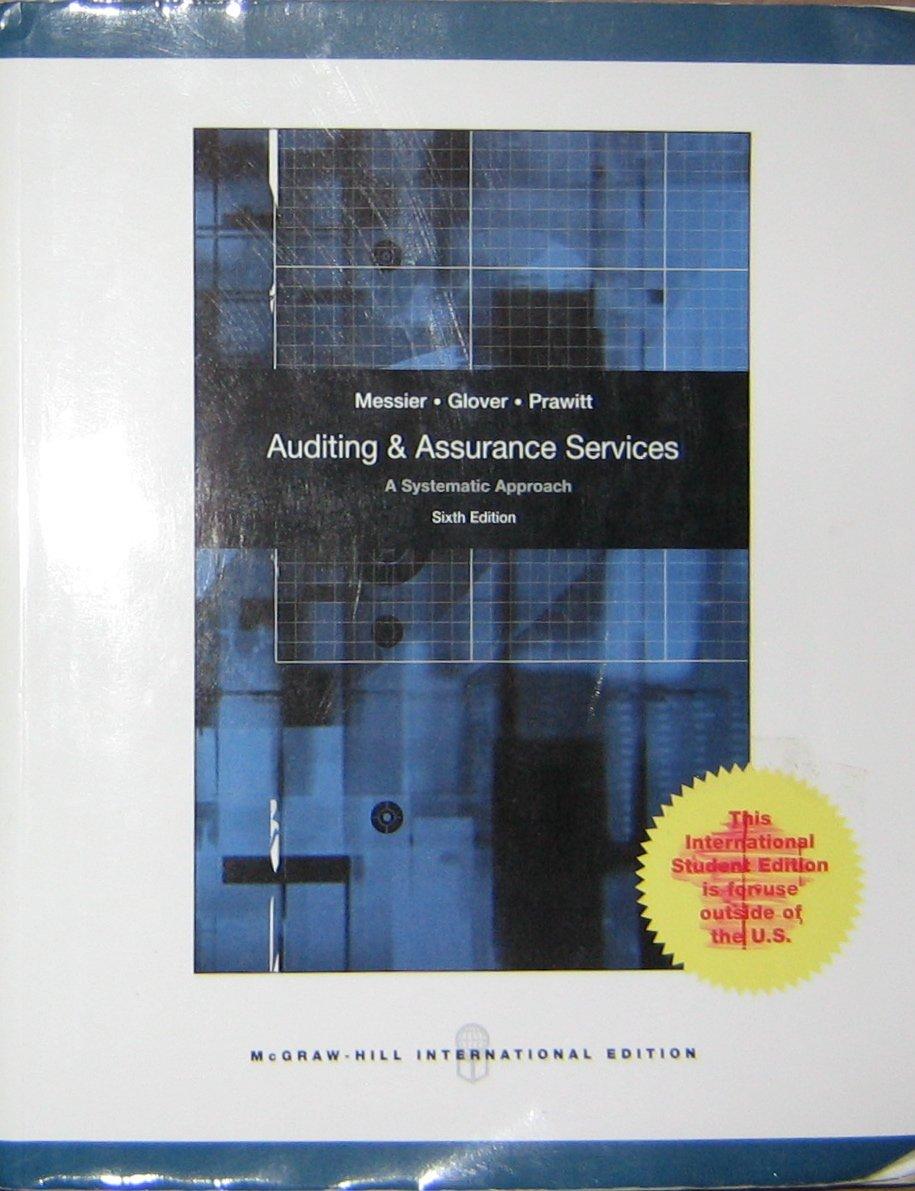Answered step by step
Verified Expert Solution
Question
1 Approved Answer
Dream Makers is a small manufacturer of gold and platinum jewelry. It uses a job costing system that applies overhead on the basis of direct
Dream Makers is a small manufacturer of gold and platinum jewelry. It uses a job costing system that applies overhead on the basis of direct labor hours. Budgeted factory overhead for the year was $642,600, and management budgeted 42,000 direct labor-hours. The company had no Materials, Work-in-Process, or Finished Goods Inventory at the beginning of April. The Materials account consists of both direct and indirect materials. The company uses the term "factory overhead" rather than "manufacturing overhead." These transactions were recorded during April: a. April insurance cost for the manufacturing property and equipment was $2,650. The premium had been paid in January. b. Recorded $1,620 depreciation on an administrative asset. c. Purchased 21 pounds of high-grade polishing materials at $16 per pound (indirect materials). d. Paid factory utility bill, $7,190, in cash. e. Incurred 4,000 hours and paid payroll costs of $160,000. Of this amount, 1,000 hours and $20,000 were indirect labor costs. f. Incurred and paid other factory overhead costs, $6,780. g. Purchased $33,000 of materials. Direct materials included unpolished semiprecious stones and gold. Indirect materials included supplies and polishing materials. h. Requisitioned $27,000 of direct materials and $3,300 of indirect materials from Materials Inventory. i. Incurred miscellaneous selling and administrative expenses, $8,040. j. Incurred $5,290 depreciation on manufacturing equipment for April. k. Paid advertising expenses in cash, $3,925. 1. Applied factory overhead to production on the basis of direct labor hours. m. Completed goods costing $72,500 during the month. n. Made sales on account in April, $77,980. The Cost of Goods Sold was $62,140. Required: 1. Compute the firm's predetermined factory overhead rate for the year. 2. Prepare journal entries to record the April events. 3. Calculate the amount of overapplied or underapplied overhead on April 30. 4. Compute the amount of overapplied or underapplied overhead that should be prorated to Work-in-Process, Finished Goods, and Cost of Goods Sold.


Step by Step Solution
There are 3 Steps involved in it
Step: 1

Get Instant Access to Expert-Tailored Solutions
See step-by-step solutions with expert insights and AI powered tools for academic success
Step: 2

Step: 3

Ace Your Homework with AI
Get the answers you need in no time with our AI-driven, step-by-step assistance
Get Started


